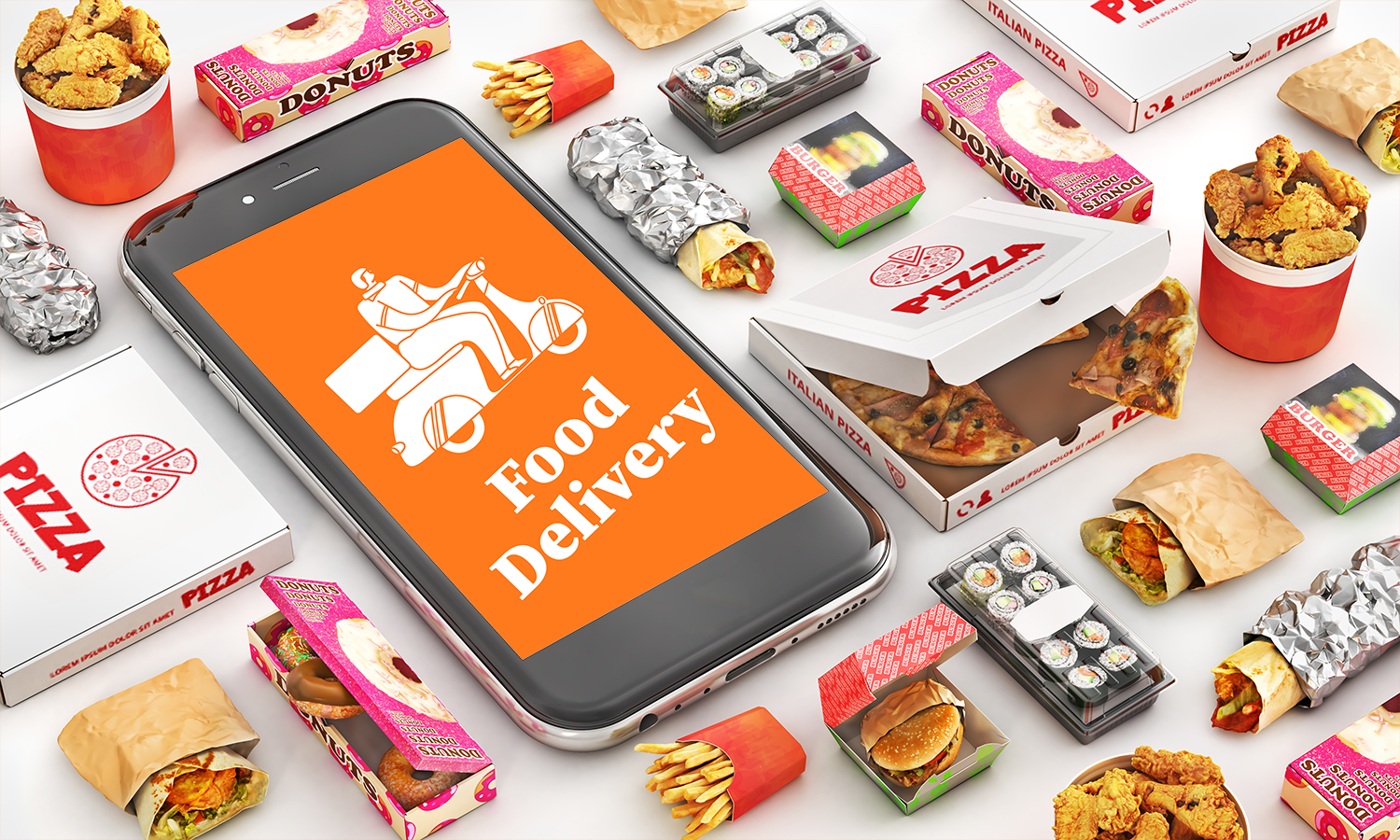By Madhu Kesavan, Contributor
In recent years, restaurant delivery has become increasingly popular as consumers demand more convenient ways to enjoy their favorite meals. With the rise of third-party delivery platforms, such as Uber Eats and Grubhub, restaurants have been forced to adapt their operations to meet the demand for delivery services. However, with increased demand comes the need for effective delivery management.
Effective delivery management is crucial for restaurants to ensure timely and accurate deliveries, maintain customer satisfaction, and ultimately, drive revenue. However, managing delivery operations can be a complex and challenging task, particularly for restaurants that are new to the delivery game. From coordinating delivery schedules to managing drivers and ensuring food quality, there are numerous factors that must be considered to ensure a successful delivery operation.
In this blog post, we'll explore the next generation of restaurant delivery management in 2023 and beyond. We'll examine the latest technology trends and customer expectations for restaurant delivery, as well as the challenges and opportunities for restaurant owners and operators.
By the end of this post, you'll have a better understanding of the digital transformation taking place in the restaurant industry and how you can leverage it to improve your delivery operations.
Technology Trends in Restaurant Delivery Management
As the restaurant delivery industry continues to evolve, technological advancements are playing an increasingly important role in managing delivery operations. Here are some of the latest technology trends in restaurant delivery management that we can expect to see in 2023 and beyond:
Predictive analytics for demand forecasting. By using historical data and machine learning algorithms, restaurants can accurately forecast demand and adjust their delivery operations accordingly. This can help restaurants optimize their delivery schedules, reduce delivery times, and minimize waste.
AI-powered optimization of delivery routes and schedules: AI-powered algorithms can analyze real-time traffic data and optimize delivery routes to ensure the quickest and most efficient delivery possible. This can help restaurants reduce delivery times, improve customer satisfaction, and increase delivery capacity.
Integration of virtual assistants and chatbots for customer service: With the rise of chatbot technology, virtual assistants can be used to provide customers with real-time delivery updates, answer frequently asked questions, and even take orders. This can help restaurants reduce their workload and improve customer satisfaction.
Robotics and automation for food preparation and delivery: From automated kitchens to delivery drones, robotics, and automation can help restaurants streamline their operations and reduce delivery times. This can also help restaurants reduce labor costs and improve food safety.
Overall, the integration of these technological advancements can help restaurants optimize their delivery operations, reduce costs, and improve the overall customer experience.
By staying up-to-date with the latest technology trends, restaurant owners and operators can stay ahead of the curve and remain competitive in the increasingly crowded restaurant delivery market.
Customer Expectations for Restaurant Delivery in 2023 and Beyond
Contactless delivery options: In the post-pandemic world, contactless delivery options will remain a key customer expectation. Restaurants will need to offer delivery options that minimize contact between customers and delivery personnel to ensure the safety and health of both parties.
Personalization and customization of orders: Customers expect their orders to be customized and personalized to their preferences. Restaurants will need to invest in technology that can easily accommodate these requests, such as order customization through mobile apps and online ordering platforms.
Real-time tracking of delivery status: Customers expect real-time tracking of their orders, including the ability to track the delivery driver's location, estimated time of arrival, and order status. This will require restaurants to invest in technology that can provide real-time updates to customers.
Sustainability and eco-friendliness: Customers are increasingly environmentally conscious and expect restaurants to take steps to reduce their environmental footprint. Restaurants will need to explore eco-friendly packaging options and delivery vehicles to meet these expectations.
Challenges and Opportunities for Restaurant Delivery Management
While the benefits of implementing new technology in restaurant delivery management are clear, there are also challenges that must be addressed. Here are some challenges and opportunities to consider:
The cost of implementing new technology: Implementing new technology can be costly, particularly for smaller restaurants. However, the long-term benefits of increased efficiency and profitability can outweigh these costs.
The need for skilled employees to manage new systems: New technology will require skilled employees to manage and maintain the systems. Restaurants will need to invest in employee training and development to ensure they have the necessary skills to manage the new technology.
The potential for increased efficiency and profitability: By embracing new technology, restaurants can streamline their delivery operations and increase efficiency, ultimately leading to increased profitability.
The ability to provide a better customer experience: By meeting evolving customer expectations, restaurants can provide a better overall customer experience and improve customer loyalty.
Conclusion
In conclusion, the restaurant delivery industry is rapidly evolving, and it's important for restaurants to stay ahead of the curve by embracing new technology and meeting evolving customer expectations.
By investing in technology such as predictive analytics, AI-powered optimization, virtual assistants, and robotics, restaurants can optimize their delivery operations, reduce costs, and improve the overall customer experience. While there are challenges to implementing new technology, the long-term benefits can be significant, and restaurants that embrace these changes will be well-positioned for success in the years to come.
There are several restaurant delivery management software & service providers that offer comprehensive or customized solutions for restaurant owners.
About the Author
Madhu Kesavan is the Founder & CEO of W2S Solutions, a globally recognized digital transformation company empowering enterprises and governments in their digital journey. With 20+ years in the IT market, he makes his vision for a sustainable future come true by leveraging technology.








